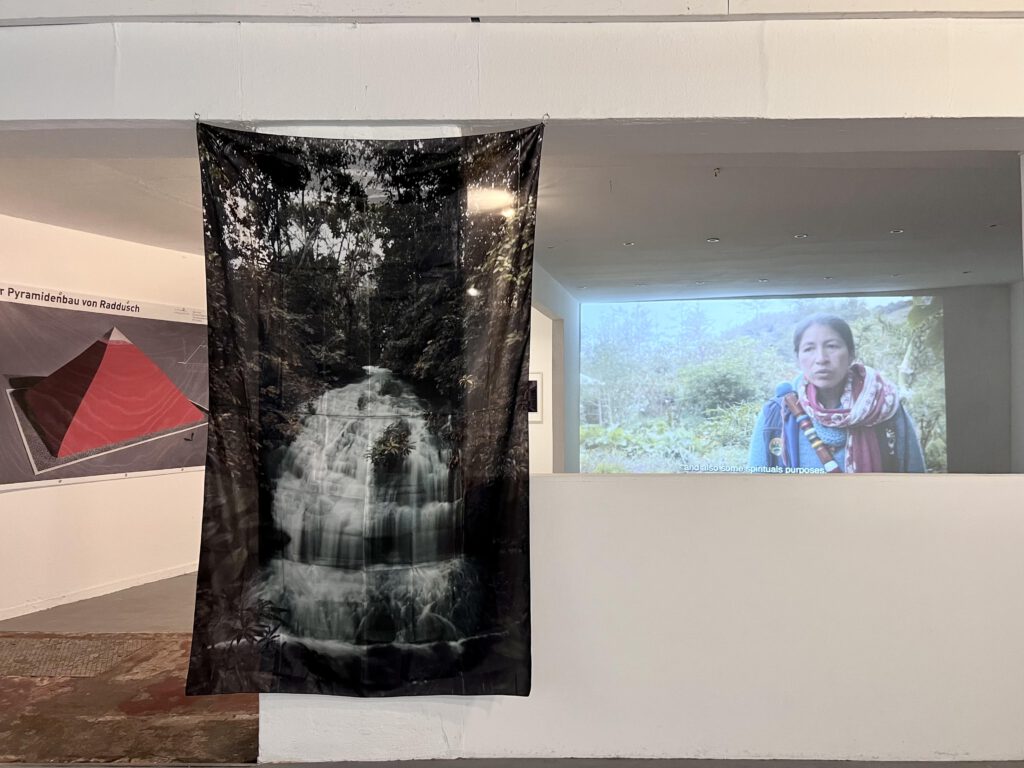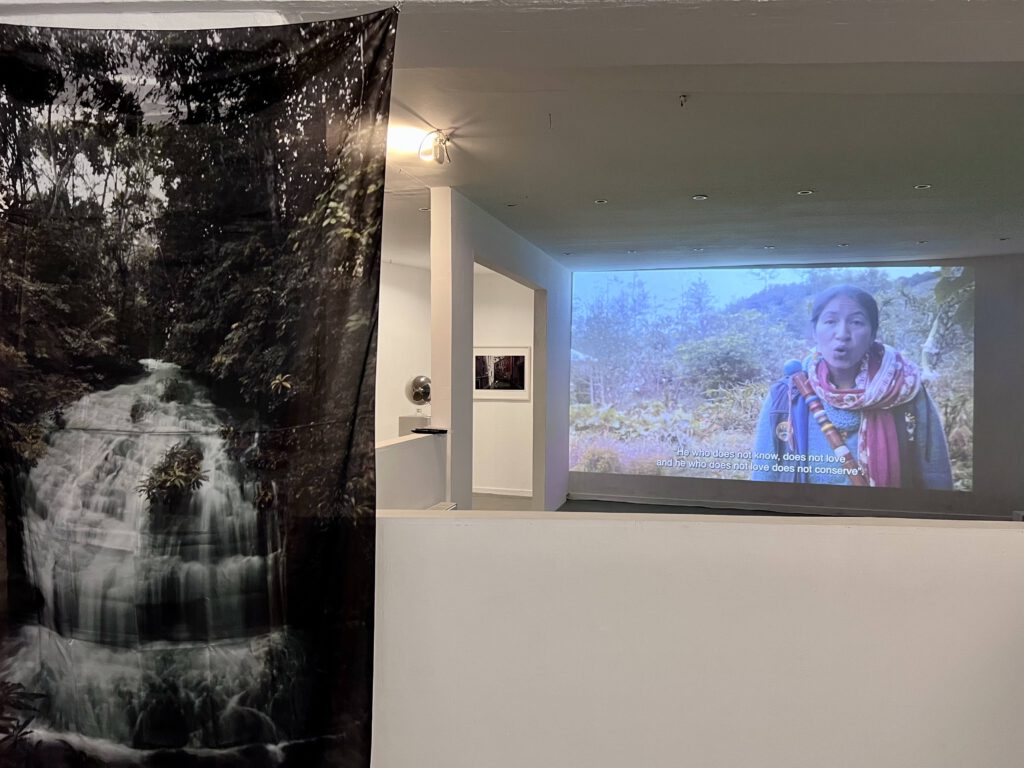THE CHANGE IN PATTERNS
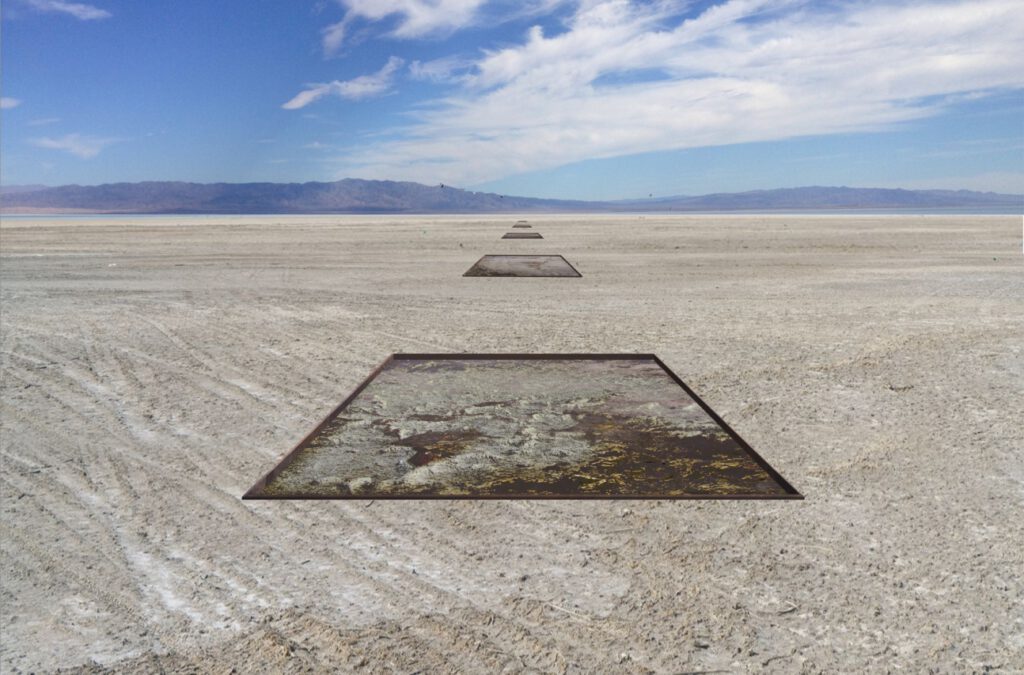
(In partnership with the Torres Martinez Desert Cahuilla Tribal Community)


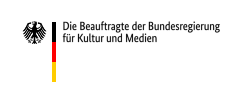
PART I. WATER MINING
January 15th 2023, 11am – 5pm
Barbara Marcel
Mario Asef
Hans Baumann
Felipe Castelblanco
President Jimmy Carter
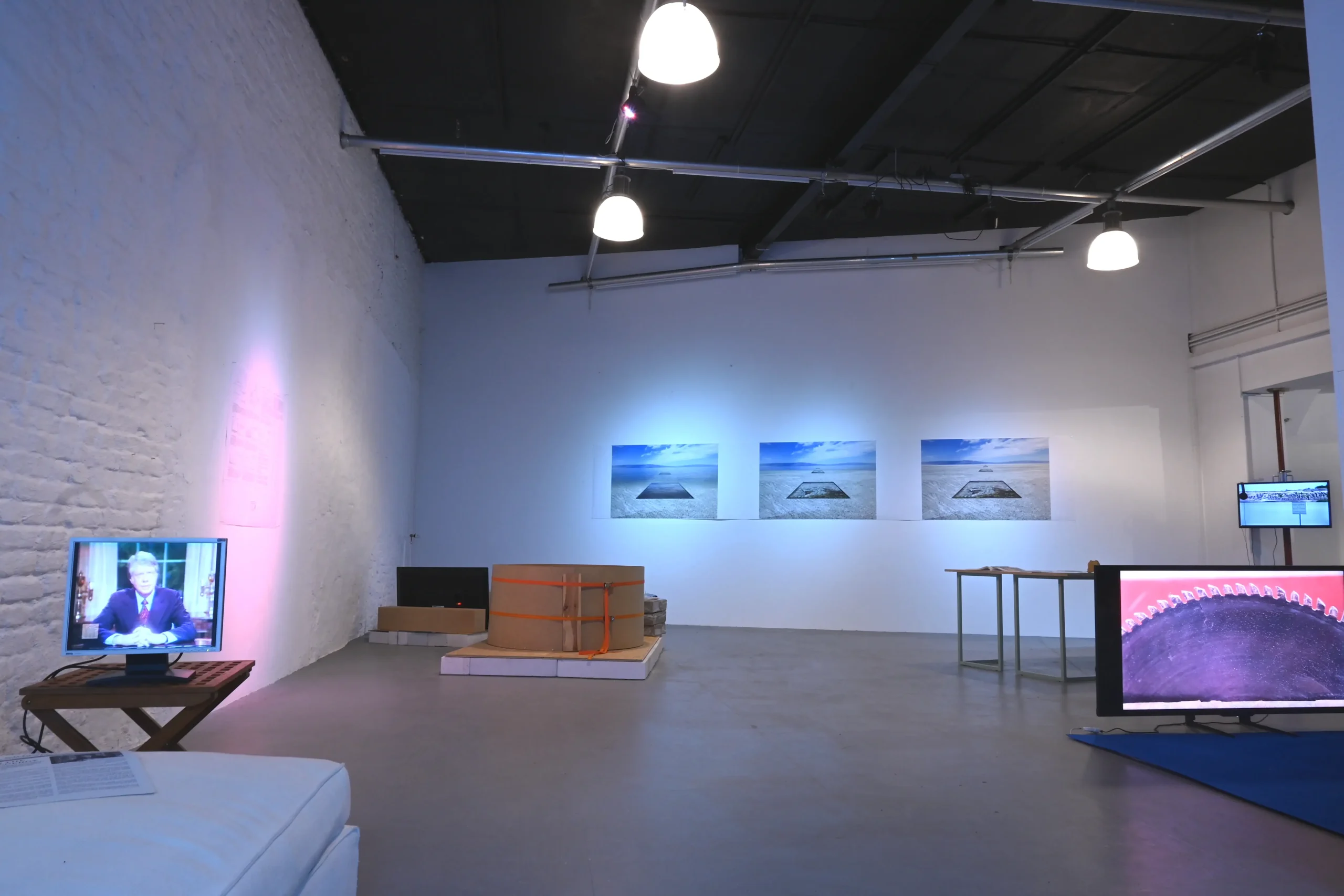
Climate patterns have changed. We enter in the era of the extraordinary. Every year, every month, another record is broken. While this exhibition is happening, California floodings are at record levels and we experience the warmest winter in Europe.
Water bodies are the focus of our attention, in which the themes of mitigation and resilience in times of climate change obtain new meanings: Our program is not a romantic look at the past, but contextualizes from art the production of knowledge that involves the relationship of various actors, scientists, politicians, industry, etc., building a broader look to other regions of the world and to other strategies:
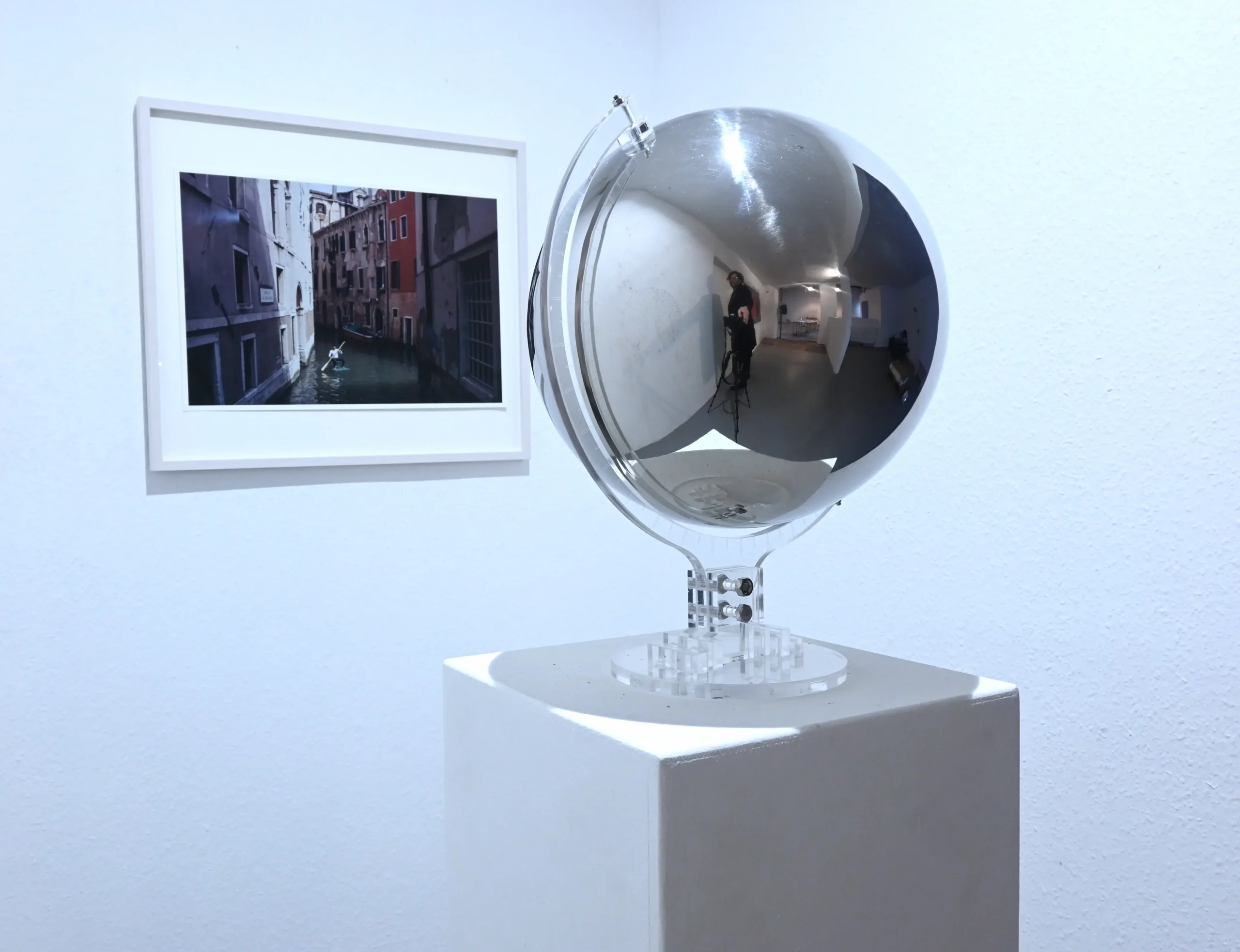
The basis of our contemporary society is built upon extraction of natural resources in large quantities. For the extraction, water plays an important role. For fracking or to attain lithium, both processes are denominated water mining.
In Brandenburg, the Tesla factory demands of a large amount of water. Electric cars, new clean energy, thanks to water and drying out the land, an area that is still entangled with the history of dirty energy coal in the region. The abandoned coal mines are pools of an iron mud that contaminates the water.
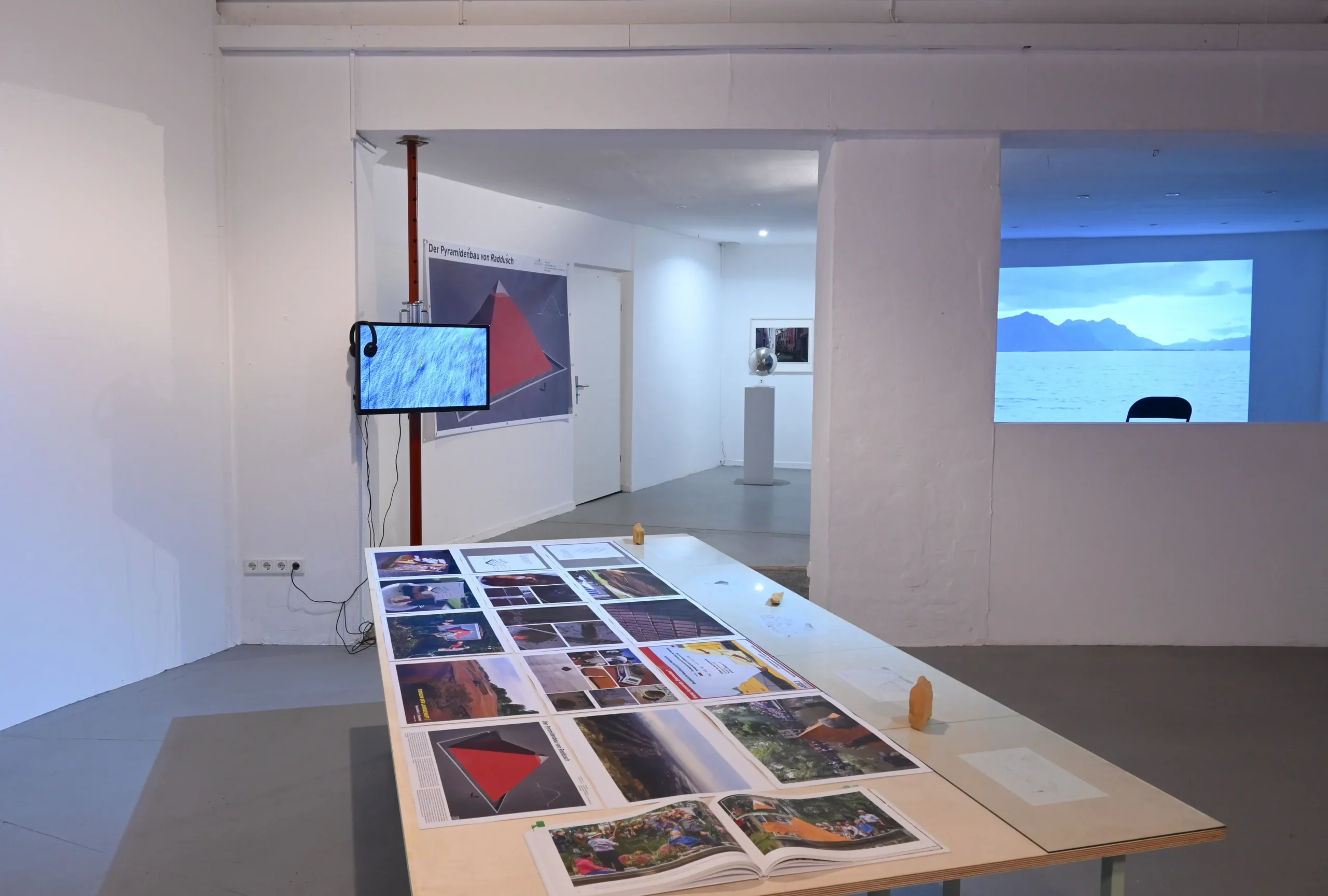
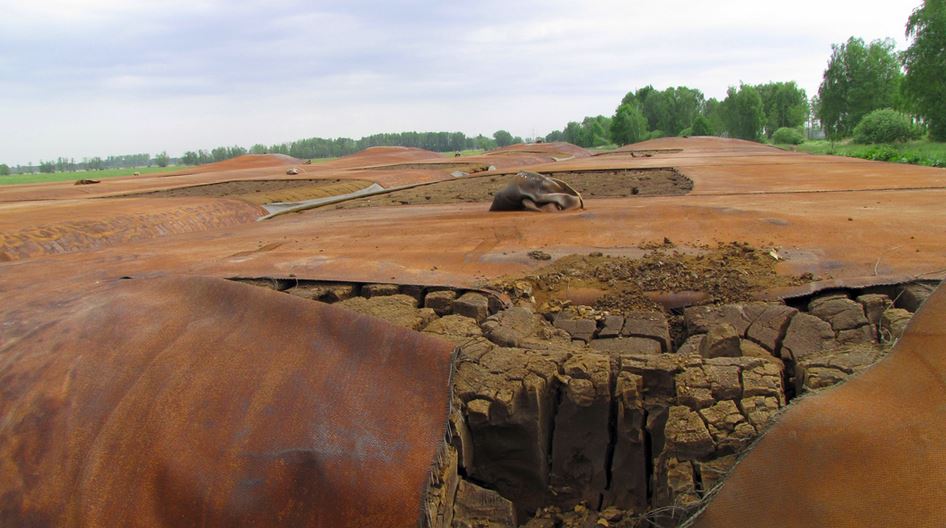
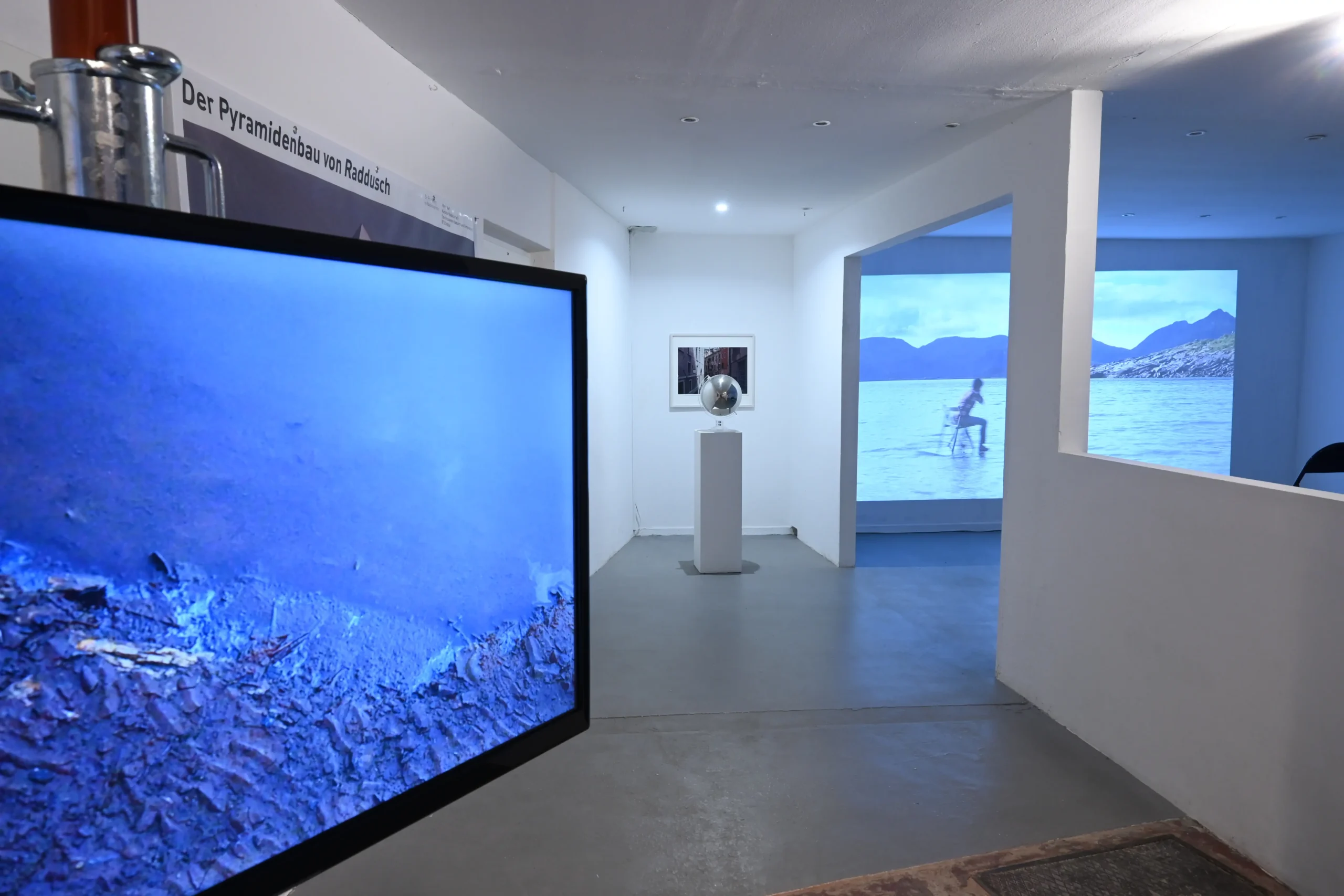
The Salton Sea is the place of reflection of Hans Baumann, together with the Torres Martinez indigenous community living on the shore, finding a way to establish a link with the body of water, whose pollution levels are high. A state that responds to many factors, the federal government’s definition of the water body, fish farming, and irrigation, which lead to new ways of life. Algae, migration of workers from Mexico, construction of new utopias, etc.
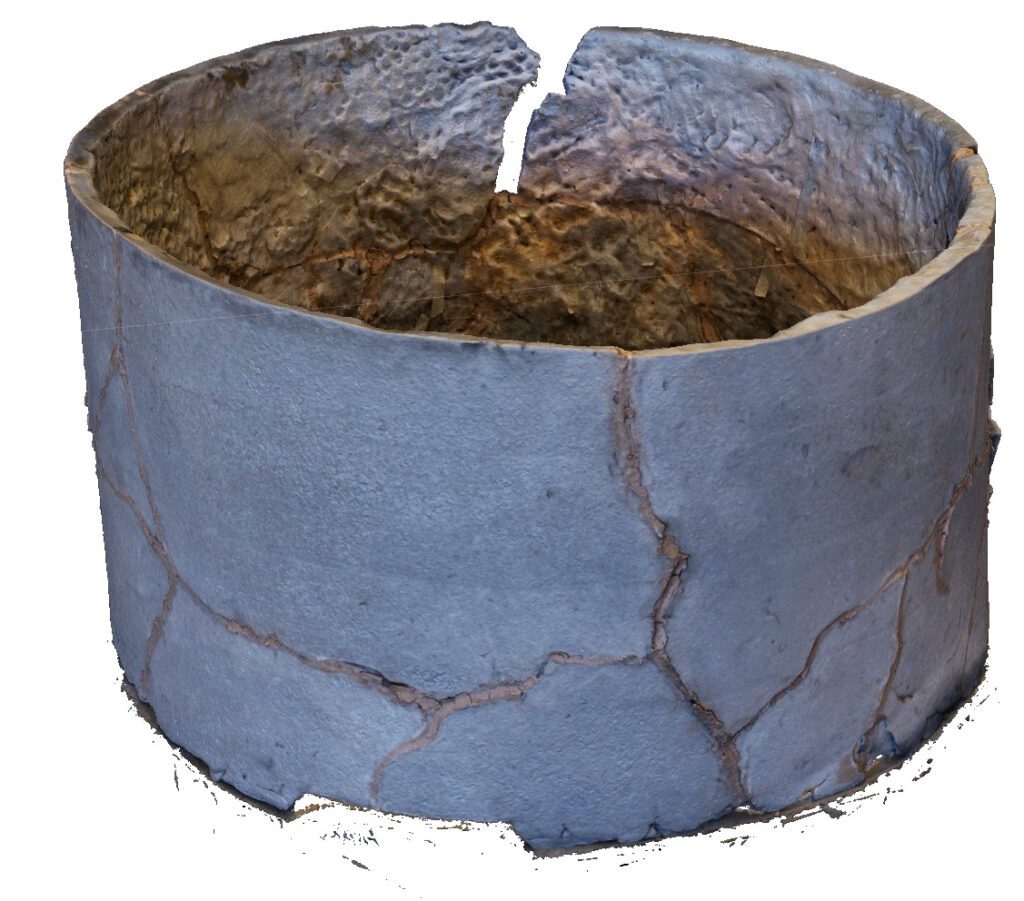
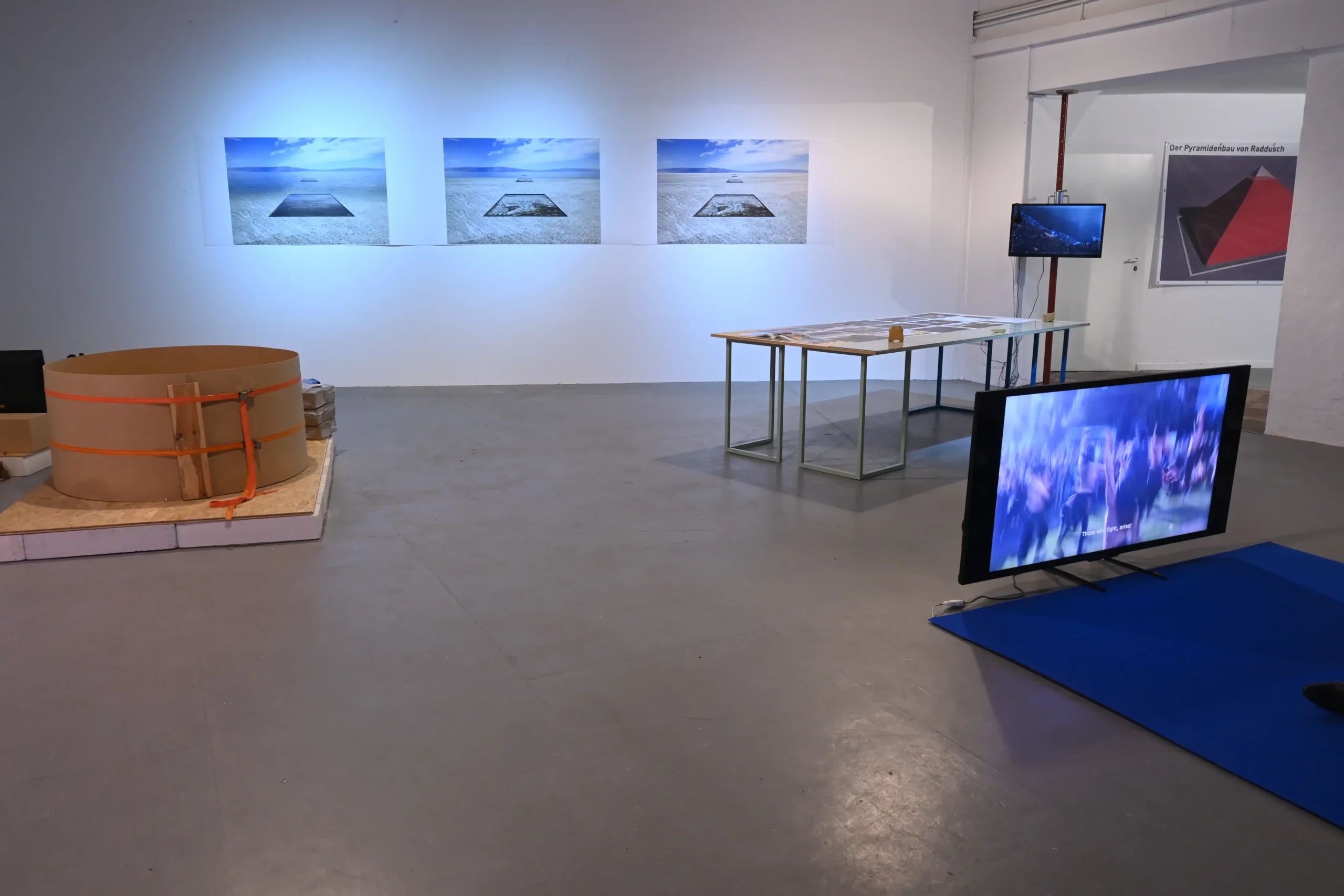
Chile and Argentina are home to a number of wetlands, which play important roles in the ecological and economic well-being of the region. These wetlands include marshes, swamps, and peatlands, and are home to a wide variety of plant and animal species.
However, both countries have faced problems with the destruction of wetlands due to human activities such as agriculture and urbanization based on water mining, which has lead to the loss of biodiversity and the destruction of habitats for wildlife.
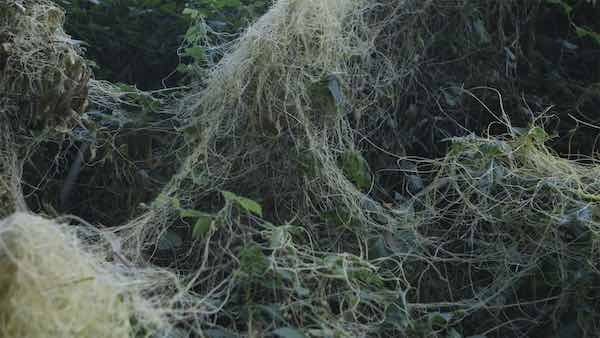
Water scarcity is a growing concern around the world and has the potential to lead to conflicts, particularly in regions where water resources are limited and populations are increasing. Climate change is also exacerbating the problem by altering precipitation patterns and increasing the risk of droughts. Can we see the water bodies as something universal, away from territorial fights while crossing the ocean with smallest raft that can hold a human being?
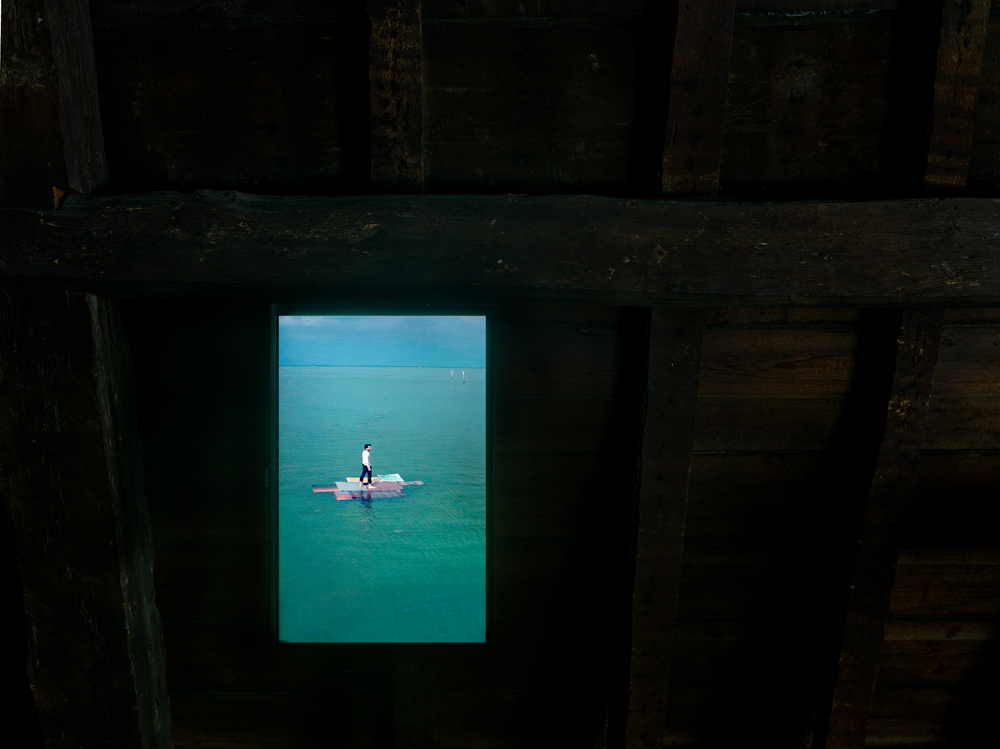
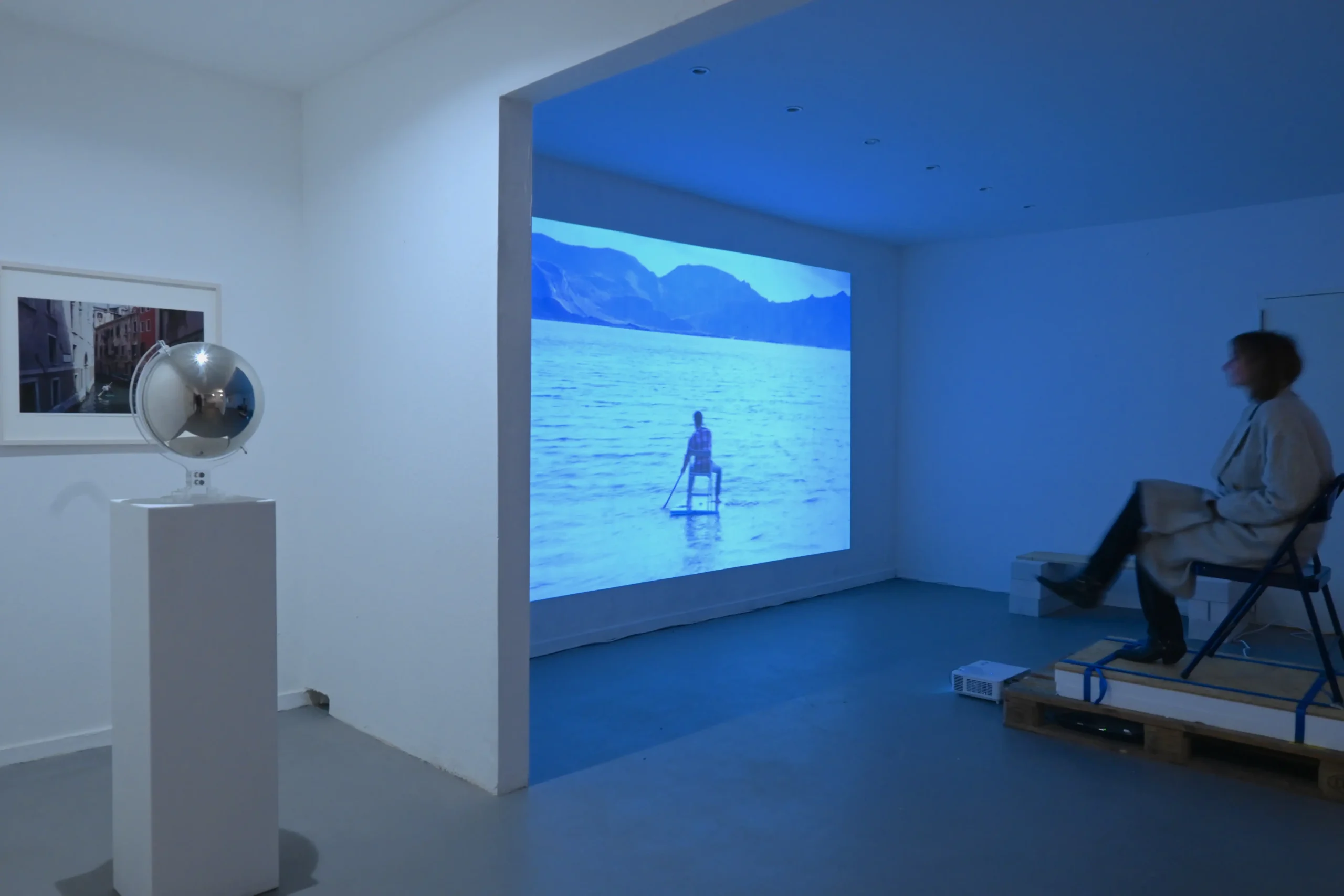
We can change the future: especially by being aware that in the past, constantly there was the intent to write our future differently.1
In 1977, President Carter, addressed the American public opinion, with a main road designed to shifted reduced the consume of energy (fossil): “The energy crisis has not yet overwhelmed us, but it will if we do not act quickly. It’s a problem that we will not be able to solve in the next few years, and it’s likely to get progressively worse through the rest of this century”: J. Carter, 18.04. 77
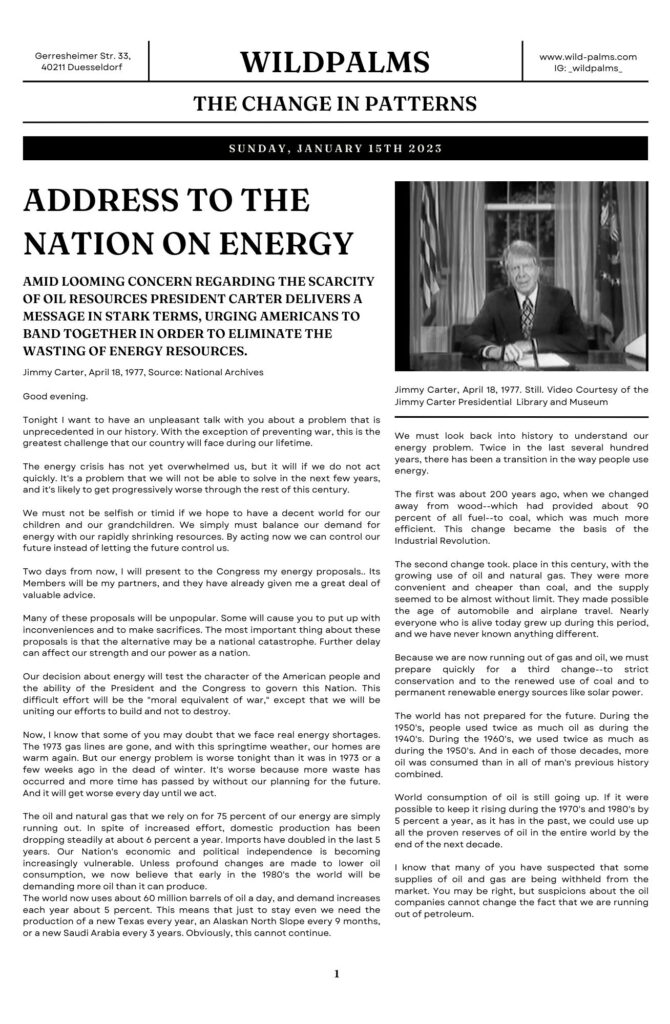
PART II.
special addition: collective Nambi Rimai
